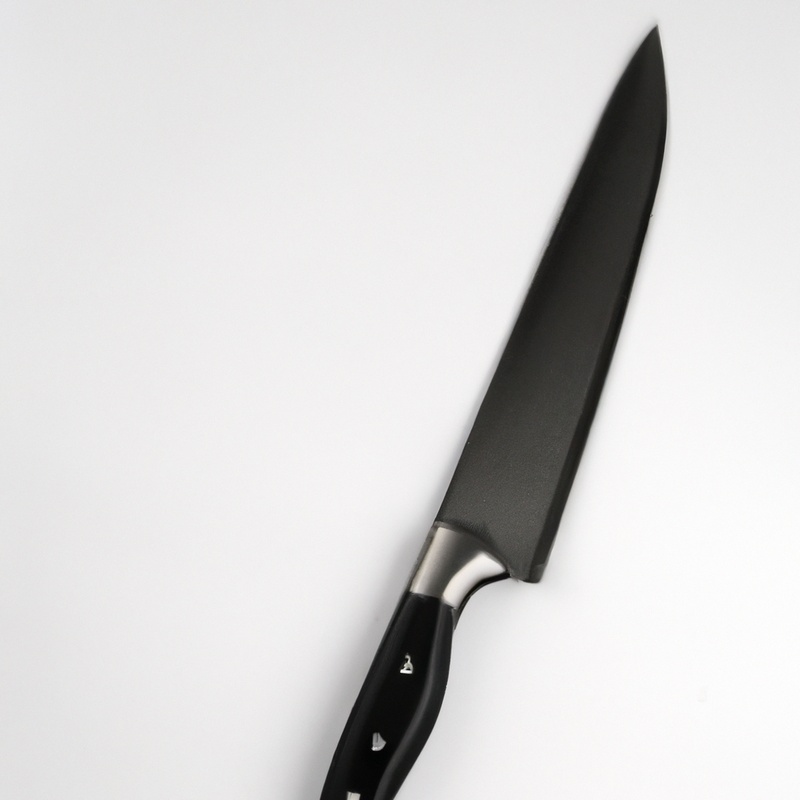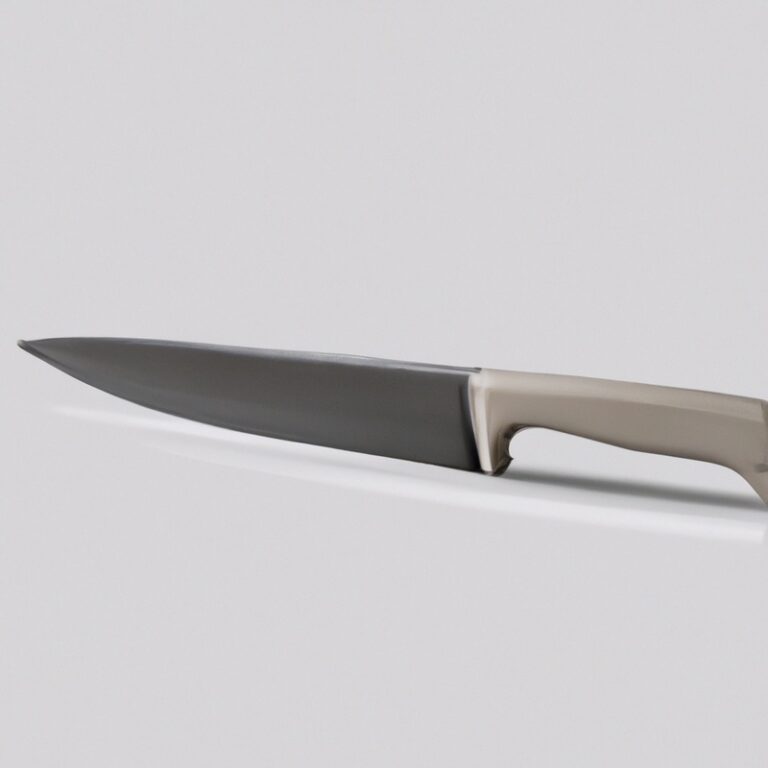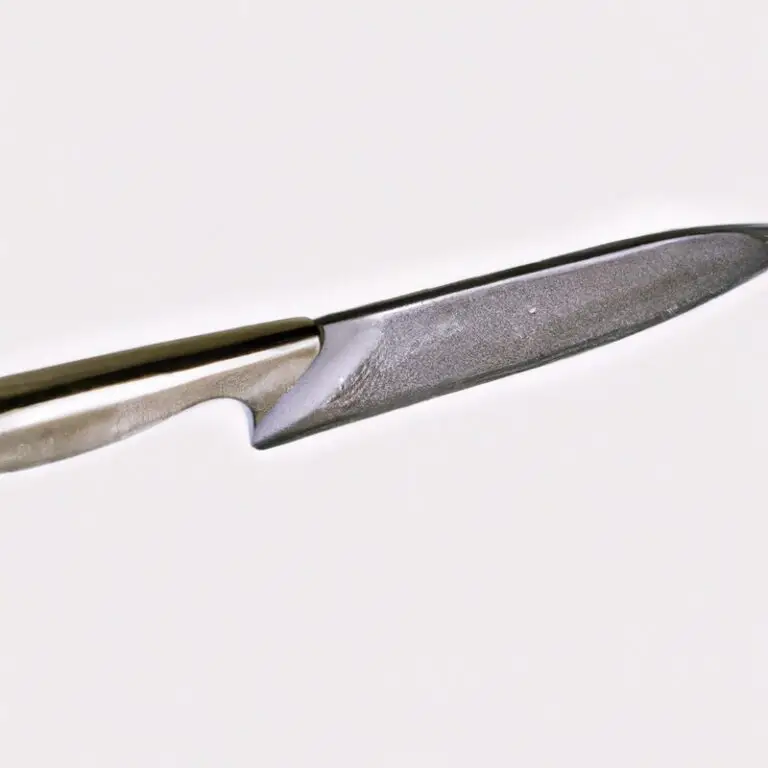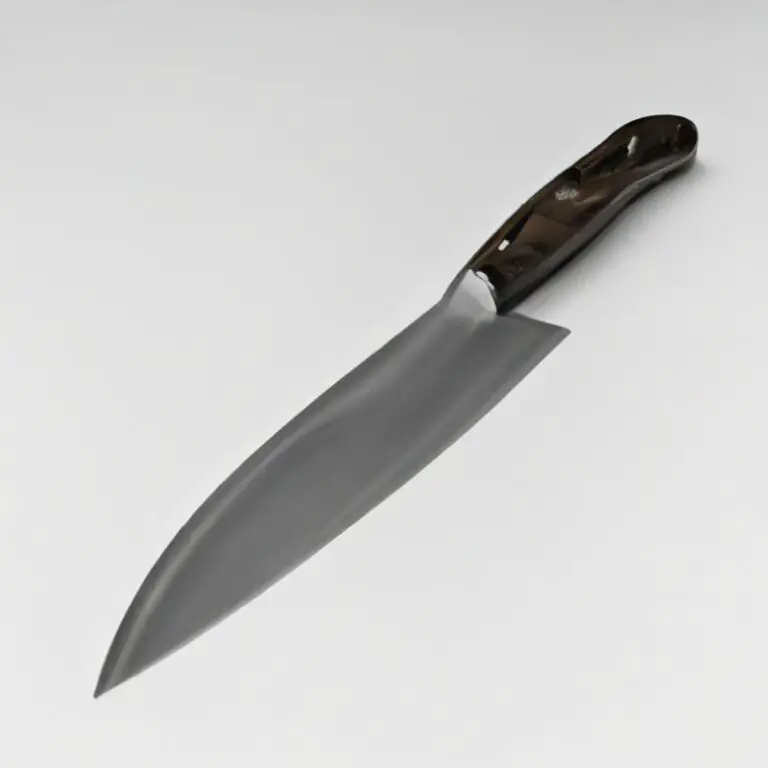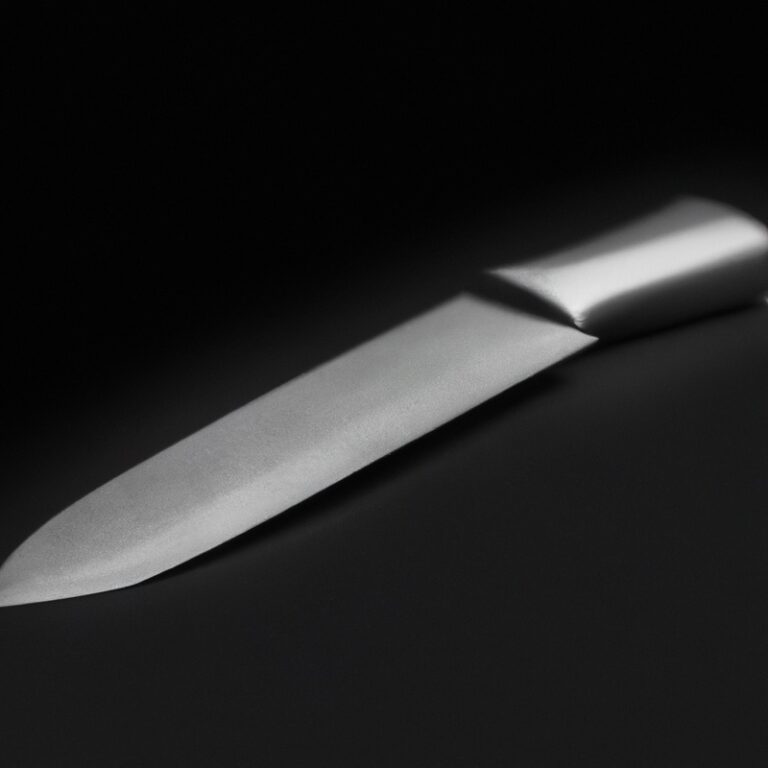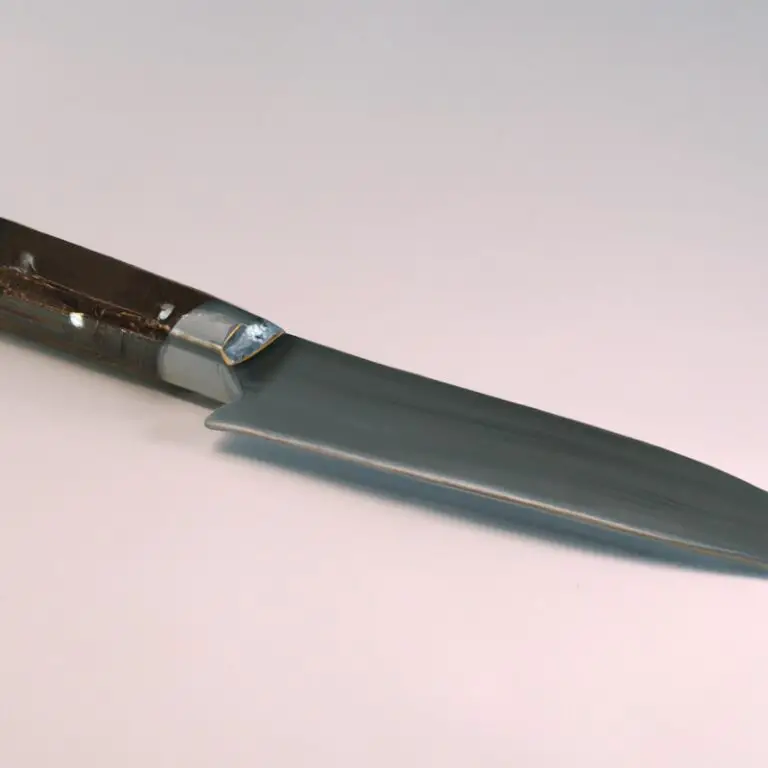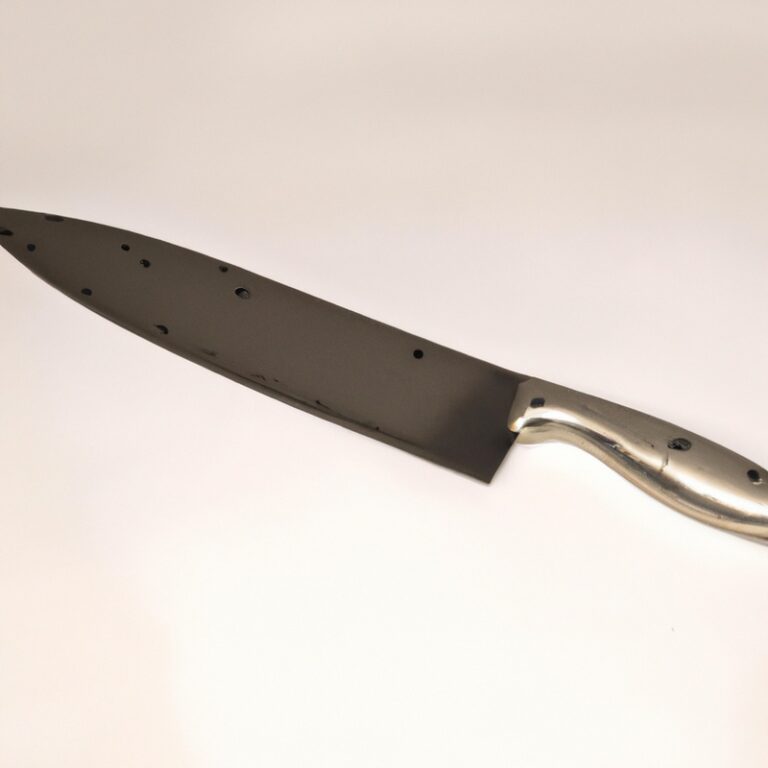What Are The Characteristics Of High-Carbon Laminated Steel For Knives?
Key Takeaways:
- High-carbon laminated steel offers superior cutting performance for knives.
- This type of steel provides excellent edge retention, allowing knives to stay sharp for longer periods.
- High-carbon laminated steel is known for its exceptional strength and durability, making it ideal for heavy-duty use.
- Knives made from this material are highly resistant to corrosion, ensuring long-lasting performance in various conditions.
Are you tired of your kitchen knives losing their sharpness after just a few uses? Well, I have some good news for you.
High-carbon laminated steel is the secret ingredient that can take your knives to a whole new level.
But what makes this type of steel so special? In this article, I’ll dive into the characteristics that make high-carbon laminated steel a cut above the rest.
From its incredible hardness and edge retention to its exceptional corrosion resistance and durability, this steel has it all.
So, get ready to slice and dice like a pro with high-carbon laminated steel knives.
| Characteristics | Description |
| 1. High Carbon Content | Laminated steel for knives has a high carbon content, usually ranging from 0.6% to 1.5%. This high carbon content ensures the blade’s hardness and enhances its ability to hold a sharp edge. |
| 2. Excellent Edge Retention | The high carbon content and lamination process give these knives exceptional edge retention. The edge can be polished to an extreme sharpness, and it will maintain this sharpness for an extended period of use. |
| 3. Hardness | Laminated steel knives are known for their hardness, typically ranging from 58 to 65 HRC on the Rockwell scale. This hardness allows the blade to resist deformation and maintain its edge integrity. |
| 4. Toughness and Durability | While high carbon content adds hardness, the lamination process enhances the toughness and durability of the steel. This combination makes laminated steel knives highly resistant to chipping, cracking, and breaking. |
| 5. Corrosion Resistance | Although not as corrosion-resistant as stainless steel, high-carbon laminated steel can still offer decent corrosion resistance with proper care. Regular oiling and maintenance are required to prevent rust and corrosion. |
| 6. Unique Patterns | Laminated steel often exhibits intricate patterns called “damascus” or “pattern-welded” patterns. These patterns are created by folding and layering different types of steel together, adding an aesthetic appeal to the blade. |
Characteristics of high-carbon laminated steel for knives
Hardness and edge retention
Hardness and edge retention are key characteristics of high-carbon laminated steel for knives.
This type of steel is known for its exceptional hardness, which allows it to maintain a sharp edge for a longer period of time compared to other types of steel.
The high carbon content contributes to this hardness, providing durability and resistance to deformation.
Edge retention refers to how well the knife’s edge can hold up during use, and high-carbon laminated steel excels in this area, providing long-lasting sharpness and cutting performance.
With proper care and maintenance, knives made with high-carbon laminated steel can be reliable and effective tools in the kitchen or for outdoor activities.
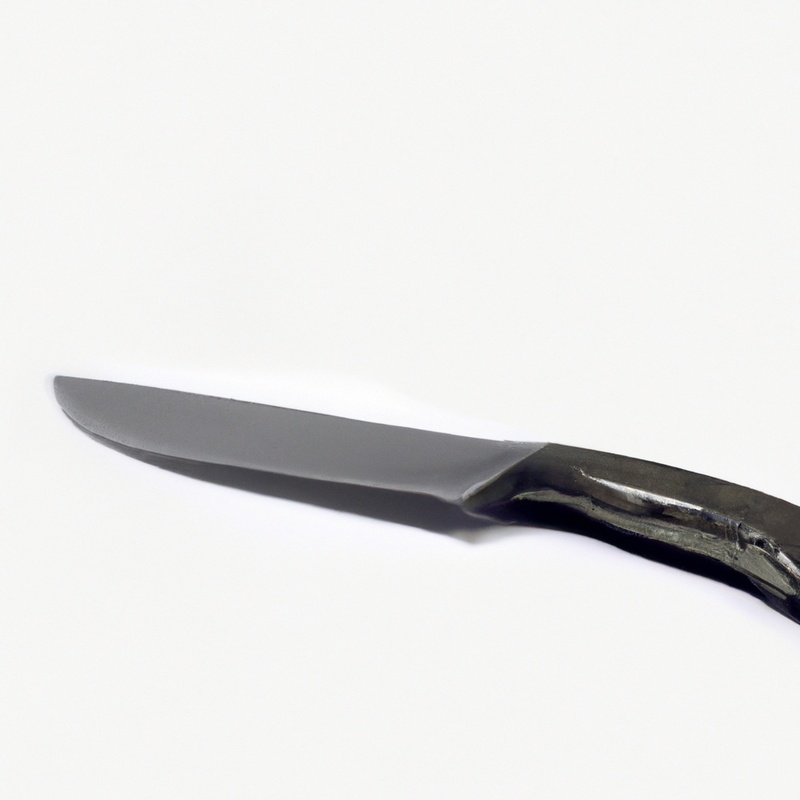
Corrosion resistance
Corrosion resistance is a key characteristic of high-carbon laminated steel for knives. It refers to the steel’s ability to resist rust and corrosion when exposed to moisture and other corrosive substances.
High-carbon laminated steel is known for its excellent corrosion resistance, making it highly suitable for kitchen knives and outdoor tools.
This type of steel is often coated or treated to enhance its resistance to corrosion, ensuring that the blades remain durable and rust-free even with regular use and exposure to water. Proper care and maintenance, such as regular cleaning and drying, can further enhance the corrosion resistance of high-carbon laminated steel knives.
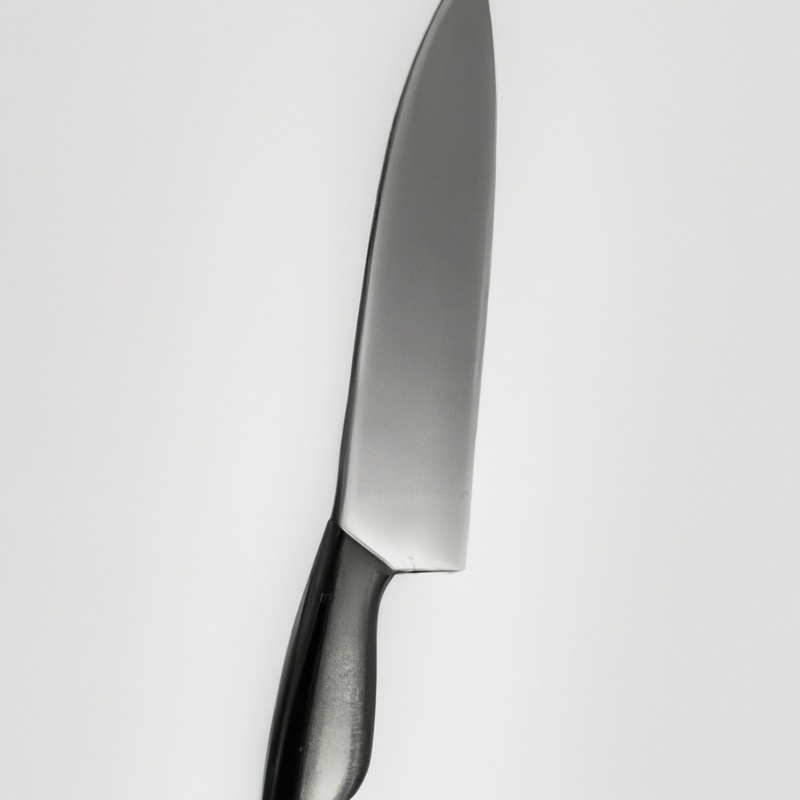
Toughness and durability
Toughness and durability are two important characteristics of high-carbon laminated steel for knives. This type of steel is known for its ability to withstand impact and resist breakage.
It is tough enough to handle rigorous cutting tasks without chipping or cracking.
Additionally, high-carbon laminated steel is highly durable, meaning it can maintain its performance and sharpness over a long period of time. This makes it an excellent choice for knives that require frequent use and heavy-duty tasks.
With its toughness and durability, high-carbon laminated steel ensures that your knife will remain reliable and effective for years to come.
Ease of sharpening
High-carbon laminated steel is known for its ease of sharpening.
The combination of high carbon content and multiple layers makes it easier to achieve and maintain a sharp edge on the knife.
The steel responds well to sharpening techniques, such as honing and stropping, allowing for quick and efficient maintenance.
Additionally, the laminated construction helps to prevent chipping and rolling of the edge, further enhancing the overall sharpening experience.
With high-carbon laminated steel, you can effortlessly maintain a razor-sharp edge on your knife.
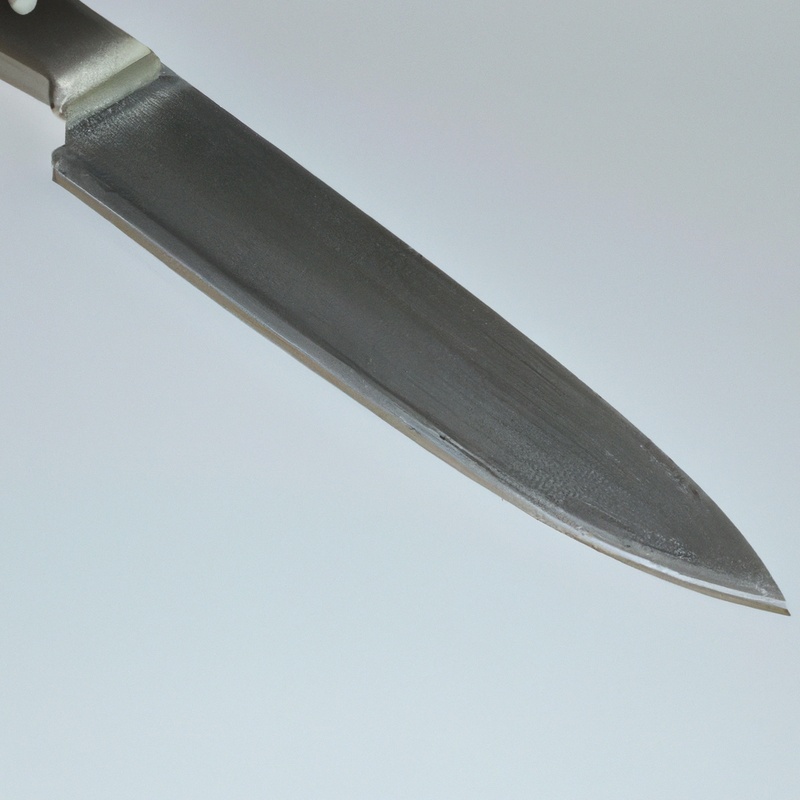
Types of high-carbon laminated steel for knives
Damascus steel
Damascus steel is a type of high-carbon laminated steel known for its beautiful and distinctive patterns. It is made by layering different types of steel together and then forging the layers to create a strong and durable blade.
Damascus steel knives are prized for their sharpness, edge retention, and overall performance.
The unique patterns on the blade are a result of the forging process and make each knife one-of-a-kind. It’s important to note that not all “Damascus” steel blades are true Damascus steel, as some are simply pattern-welded to mimic the look.
Proper care and maintenance are essential to keep Damascus steel knives in optimal condition.
Blue steel
Blue steel is a type of high-carbon laminated steel commonly used in the production of knives. It is known for its exceptional hardness and edge retention, making it a popular choice among professional chefs and knife enthusiasts.
Blue steel is renowned for its ability to maintain a sharp edge for extended periods of time, making it ideal for tasks that require precision and finesse.
However, it is important to note that blue steel is more prone to corrosion than other types of steel, so proper maintenance and care is essential to keep it in optimal condition.
White steel
White steel is a high-carbon laminated steel used in knife production. It is renowned for its exceptional sharpness and edge retention, making it a popular choice among professional chefs and knife enthusiasts.
White steel has a fine grain structure, which contributes to its superior cutting performance.
However, it is important to note that white steel has lower corrosion resistance compared to other types of steel. Regular maintenance, such as proper drying and oiling, is necessary to prevent rusting.
Additionally, white steel can be challenging to sharpen due to its hardness, requiring careful technique and suitable sharpening tools.
Factors to consider when choosing high-carbon laminated steel for knives
Intended use of the knife
The intended use of the knife is a crucial factor to consider when choosing high-carbon laminated steel. Different tasks require different types of steel.
For example, if you need a knife for heavy-duty tasks like chopping through bones or thick vegetables, you would want a steel that is known for its durability and toughness.
On the other hand, if you need a knife for precision work like slicing or dicing, a steel that offers excellent edge retention would be ideal. Choosing the right steel for your intended use will ensure that your knife performs optimally and lasts longer.
Maintenance and care requirements
To properly maintain and care for high-carbon laminated steel knives, there are a few key requirements to keep in mind:
- Clean and dry the knife after each use: Wipe the blade with a damp cloth or sponge, then dry it thoroughly to prevent moisture buildup that can lead to rusting.
- Store the knife properly: Keep it in a dry and well-ventilated area to avoid moisture accumulation. Consider using a knife block, sheath, or magnetic strip to protect the blade and prevent any accidental damage.
- Regular sharpening and honing: High-carbon laminated steel knives require regular maintenance to maintain their sharpness. Use a sharpening stone or honing rod to maintain the knife’s cutting edge.
Budget and affordability
Budget and affordability are important considerations when choosing high-carbon laminated steel for knives. It’s essential to determine how much you’re willing to spend on a knife before making a purchase.
High-carbon laminated steel can vary in price depending on the brand, type, and quality.
Consider your budget and find a knife that offers a good balance of performance and cost. Remember, a higher price doesn’t always guarantee better quality, so do your research and compare prices before making a decision.
Tips for caring and maintaining high-carbon laminated steel knives
Proper cleaning and drying techniques
Properly cleaning and drying your high-carbon laminated steel knives is essential for maintaining their performance and longevity.
Here are some techniques to follow:
- Hand wash: Always hand wash your knives with warm, soapy water. Avoid using harsh abrasives or scouring pads that can damage the blade’s finish.
- Dry immediately: After washing, thoroughly dry the knife to prevent any moisture from causing corrosion. Use a clean towel or paper towel to remove all traces of water.
- Avoid soaking: Do not soak your knives in water or leave them submerged for extended periods. This can lead to rust or damage to the handle materials.
- Oil the blade: To prevent corrosion, apply a thin layer of food-grade mineral oil on the blade regularly. This helps protect the steel and maintain its appearance.
- Store properly: Store your knives in a knife block, on a magnetic strip, or in a knife roll to protect them from banging against other utensils and causing damage.
- Avoid the dishwasher: High-carbon laminated steel knives should never be washed in the dishwasher. The high heat and harsh detergents can degrade the blade’s sharpness and cause corrosion.
Storage recommendations
To properly store high-carbon laminated steel knives, it is important to follow a few simple recommendations.
First, make sure the knives are clean and dry before storing them.
Moisture can lead to corrosion and damage the blades.
It is advisable to keep them in a knife block or a knife roll to protect the edges and prevent any accidental cuts.
Avoid storing them in a cluttered drawer or with other utensils that can scratch the blades.
Additionally, storing knives in a cool and dry place will help to maintain their sharpness and longevity.
Regular sharpening and honing
Regular sharpening and honing are essential for maintaining the performance of high-carbon laminated steel knives. Sharpening removes the dull edge, while honing realigns the blade.
To sharpen, use a whetstone or sharpening system, and follow the correct angle for your knife.
Start with a coarse grit and progress to finer grits for a razor-sharp edge. Honing can be done using a honing rod or honing guide.
Remember to clean the blade before and after sharpening, and be consistent with your sharpening routine to keep your knife in top shape.
Final Verdict
High-carbon laminated steel for knives offers a unique combination of hardness, corrosion resistance, toughness, and ease of sharpening.
These qualities make them ideal for professional chefs and knife enthusiasts alike.
While factors like the intended use of the knife, maintenance requirements, and budget should be considered when choosing a high-carbon laminated steel, the benefits are undeniable.
With proper care and maintenance, these knives can last a lifetime.
Ultimately, investing in high-carbon laminated steel knives is a worthwhile choice for those seeking exceptional performance and durability in their culinary tools.

